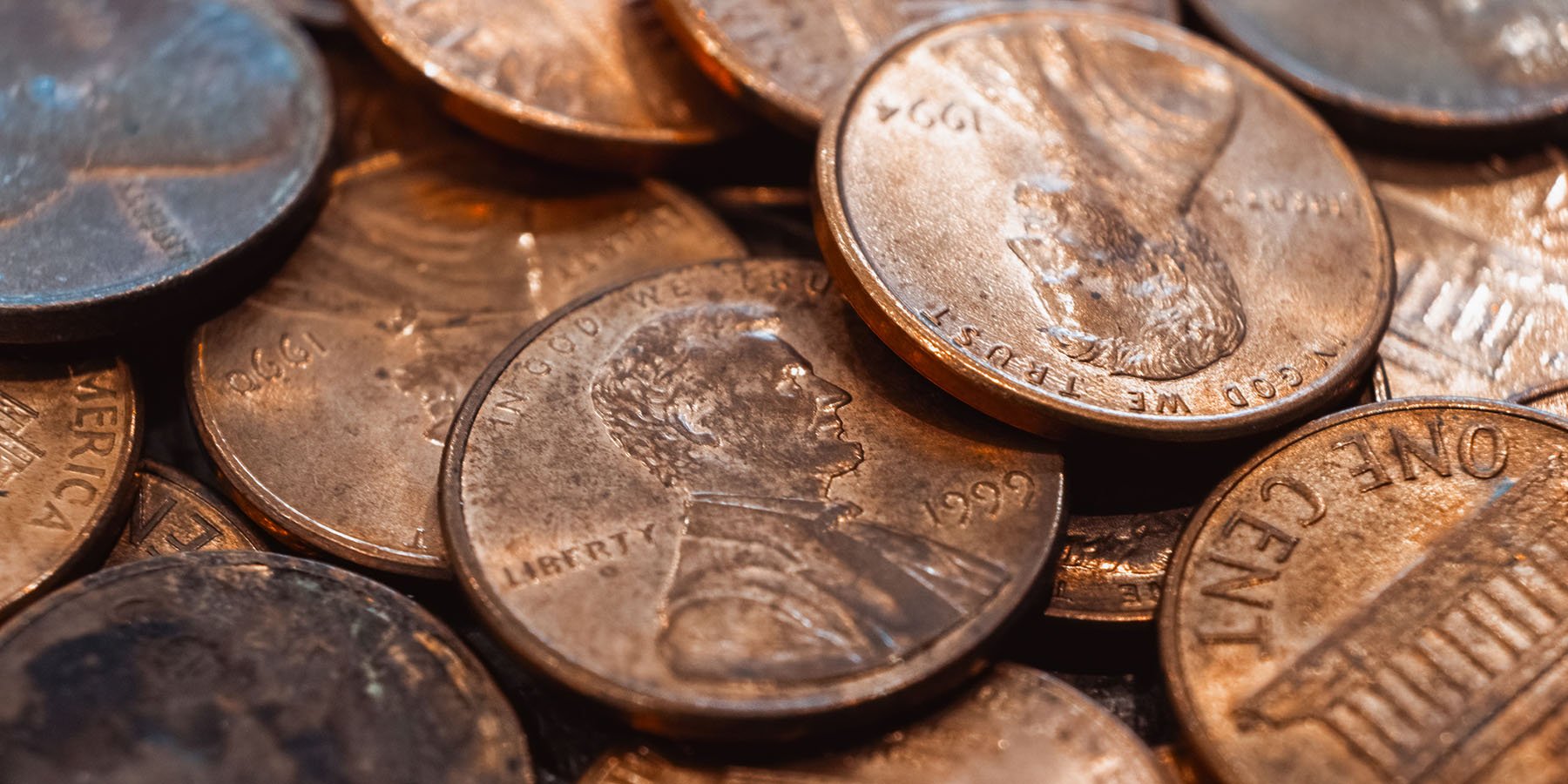Following over two centuries of circulation, the American penny is slated for discontinuation, concluding a 238-year period in the country’s financial narrative. The last coin is scheduled for production today at the US Mint in Philadelphia, signifying the conclusion of an epoch.
The final minting and reasons for retirement
The last penny will be produced under the supervision of Treasury Secretary Scott Bessent and Treasurer Brandon Beach, following a directive from President Donald Trump earlier this year to halt production. The decision stems from the rising cost of manufacturing the coin—nearly four cents per penny—making it more expensive to produce than its actual value. Once an essential part of everyday life, used for small purchases like gumballs, parking meters, or tolls, the penny has gradually become less relevant, often accumulating in coin jars, drawers, or “leave a penny/take a penny” trays.
The one-cent coin outlasted the half-penny by more than a century and a half, leaving only larger denominations such as the nickel, dime, quarter, and the seldom-used half-dollar and dollar coins in active circulation. Despite the cessation of its production, the penny will remain legal tender, allowing it to retain a place in commerce if people still wish to use it.
Challenges following the penny’s exit
Despite its expected discontinuation, this change has already presented difficulties for both vendors and shoppers. Numerous businesses are now compelled to adjust cash payments to the closest five-cent increment, frequently increasing the total by one or two cents. Other establishments are prompting patrons to provide one-cent coins to facilitate transactions. Nevertheless, in some jurisdictions, adjusting prices in this manner could lead to legal complications, rendering the transition more intricate than initially foreseen.
Ironically, although eliminating the penny might lead to financial savings, the potential necessity of manufacturing a greater quantity of nickels—which are more expensive to produce than pennies—could negate these benefits. Both businesses and governmental bodies are currently navigating a period of instability. Mark Weller, who serves as the executive director of Americans for Common Cents, states, “By the time we reach Christmas, the problems will be more pronounced with retailers not having pennies.” Weller highlights that nations such as Canada, Australia, and Switzerland implemented well-defined strategies when removing low-value coinage, whereas the United States has merely issued a concise declaration, leaving much of the practical adjustments to be handled by enterprises themselves.
Rounding practices and their implications
Different businesses are experimenting with rounding strategies. Kwik Trip, a Midwest-based convenience store chain, has chosen to round down cash purchases where pennies are unavailable, aiming to avoid overcharging customers. This approach, however, carries a financial cost. With millions of cash transactions each year, the chain estimates that rounding could cost them several million dollars annually.
On a broader scale, the Federal Reserve Bank of Richmond estimates that rounding transactions to the nearest nickel could collectively cost American consumers about $6 million per year—roughly five cents per household. While this figure is relatively modest, rounding cannot be implemented uniformly nationwide due to differing state regulations. States like Delaware, Connecticut, Michigan, and Oregon, along with cities such as New York, Philadelphia, and Washington, D.C., require exact change in certain transactions. In addition, federal programs such as SNAP mandate precise pricing to ensure fairness for beneficiaries using debit cards. Retailers rounding down cash transactions in these contexts could face legal challenges or penalties.
Industry associations, such as the National Association of Convenience Stores (NACS), have pressed Congress to pass laws that simplify and enable rounding procedures. Jeff Lenard, a representative for NACS, stressed, “We urgently require legislation that permits rounding, enabling retailers to provide change to these patrons.” Until these regulations are put into effect, the elimination of the penny creates both operational and legal ambiguities for numerous enterprises.
A coin with a storied history
The penny has a rich legacy, first minted in 1787, six years before the establishment of the United States Mint. Benjamin Franklin is widely credited with designing the Fugio cent, the nation’s first penny. Its current design, featuring Abraham Lincoln, debuted in 1909 to commemorate the centennial of Lincoln’s birth, becoming the first U.S. coin to depict a president.
Over time, however, the penny has seen a steady decline in practical use and cultural significance. The Treasury Department estimates that approximately 114 billion pennies remain in circulation, yet many are underutilized, tucked away in jars or collected as keepsakes rather than used in transactions. Public reaction to the coin’s discontinuation has been muted, reflecting its diminished role in everyday commerce.
Despite its fading relevance, the penny carries sentimental value for many Americans. Joe Ditler, a 74-year-old writer from Colorado, recalls using pennies for amusement park machines or flattening them on railroad tracks as a child. Now, he primarily uses them sparingly for cash transactions or adds them to tip jars. He reflects, “They bring back memories that have stayed with me all my life. The penny has had a wonderful life. But it’s probably time for it to go away.”
Legacy and cultural impact
The retirement of the penny marks more than just the end of a physical coin—it represents a shift in how Americans interact with money. What was once a practical tool for small purchases has become largely symbolic, embedded in family traditions, historical memory, and American culture. Collectors and enthusiasts are likely to preserve the final minted coins, ensuring that the penny’s legacy endures in some form, even as it exits everyday circulation.
While challenges remain for businesses and consumers adapting to its absence, the phase-out is also a reflection of broader economic realities. Rising production costs, changing consumer habits, and the prevalence of digital payments have collectively diminished the necessity of the one-cent coin. As society transitions toward a more digital and rounded approach to cash transactions, the penny’s symbolic role may outlive its practical utility.
The American penny’s departure closes a remarkable chapter in the nation’s monetary history. Its 238-year journey, from Benjamin Franklin’s Fugio cent to the familiar Lincoln penny, highlights both the evolution of U.S. currency and the changing ways Americans interact with money. While its practical use may end, the memory of the penny—its cultural and historical significance—will remain a lasting testament to a bygone era.




